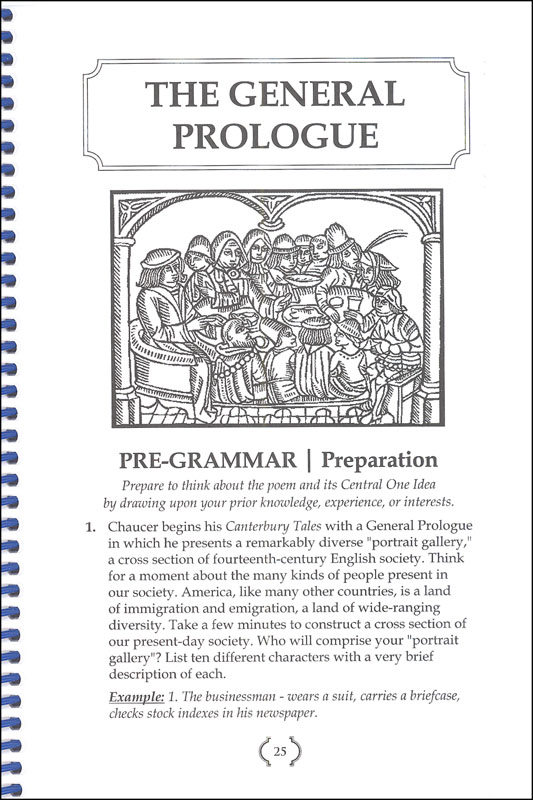

It aims to erode our values and norms, the trust in our institutions that hold society together.” “It targets the whole of Finnish society. “This affects all of us,” said Jussi Toivanen, chief communications officer for the prime minister’s office. Successful enough for Finland to top, by some margin, an annual index measuring resistance to fake news in 35 European countries, the programme aims to ensure that everyone, from pupil to politician, can detect – and do their bit to fight – false information. The curriculum is part of a unique, broad strategy devised by the Finnish government after 2014, when the country was first targeted with fake news stories by its Russian neighbour, and the government realised it had moved into the post-fact age.

We’ve made it a core part of what we teach, across all subjects.” “Thinking critically, factchecking, interpreting and evaluating all the information you receive, wherever it appears, is crucial. “The goal is active, responsible citizens and voters,” Kivinen said. In history, they analyse notable propaganda campaigns, while Finnish language teachers work with them on the many ways in which words can be used to confuse, mislead and deceive. In art, they see how an image’s meaning can be manipulated. In maths lessons, Kivinen’s pupils learn how easy it is to lie with statistics. In secondary schools, such as the state-run college in Helsinki where Kivinen is head teacher, multi-platform information literacy and strong critical thinking have become a core, cross-subject component of a national curriculum that was introduced in 2016. Kari Kivinen Photograph: Caroline Liikanen


 0 kommentar(er)
0 kommentar(er)
